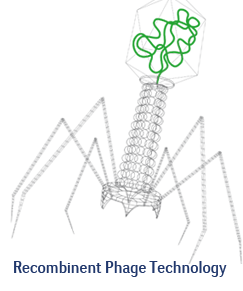With an Escherichia coli O157:H7 virulent bacteriophage, M8AEC16, biocontrol efficiency of phages on a highly risky, ready-to-eat, traditional delicacy food called “raw meatball” under different storage conditions was investigated.
 Phage, belonging to the Myoviridae family, was isolated from the wastewater of a local slaughterhouse and showed a broad lytic activity toward many E. coli O157:H7 strains with high efficiency of plating and O157 specificity.
Phage, belonging to the Myoviridae family, was isolated from the wastewater of a local slaughterhouse and showed a broad lytic activity toward many E. coli O157:H7 strains with high efficiency of plating and O157 specificity.
Our experimental study provided favorable results, with 0.69–2.09 log colony-forming unit (cfu)/g E. coli O157:H7 reductions in the first 5 h of the replica trials. Major reductions of viable E. coli O157:H7 counts were observed in the beginning of the storage period, reaching up to 1.85 log cfu/g. Although a significant reduction in E. coli O157:H7 was observed with increased phage concentration, storage conditions had minor effect on efficiency of phage biocontrol. This is the first study in Turkey that investigates applicability of phage biocontrol for a traditional food model.
Biocontrol of shiga toxigenic Escherichia coli O157:H7 in Turkish raw meatball by bacteriophage
Wiley Online Library, Journal of Food Safety, 16 AUG 2015
Yilmaz Emre Gencay, Naim Deniz Ayaz, Gizem Copuroglu and Irfan Erol
